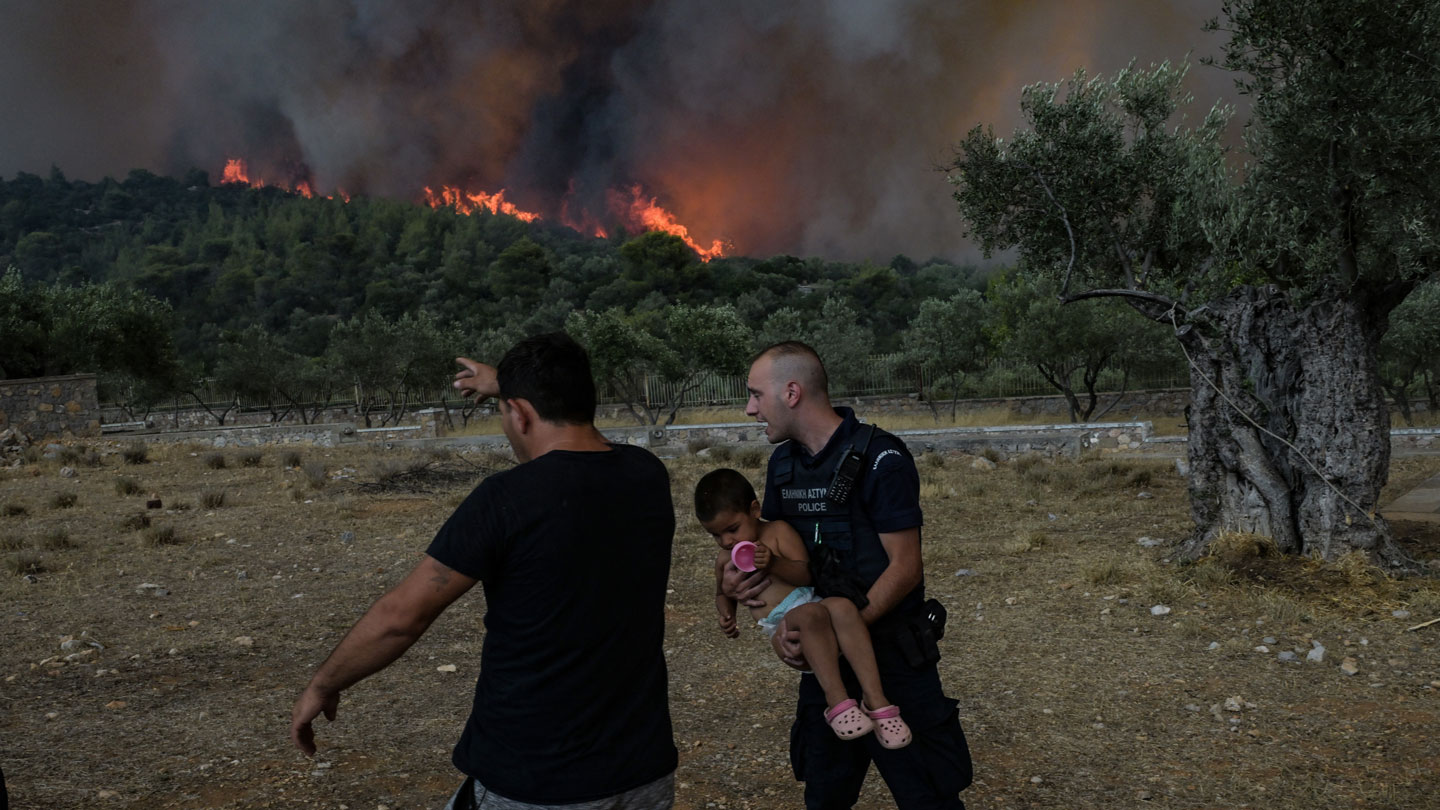
The Ring Nebula’s halo (purple) with its gas-filled interior (green)
JWST/NIRcam
The James Webb Space Telescope (JWST) has taken an astonishing new image of the Ring Nebula. This glowing, donut-shaped nebula has never been seen in such intricate detail before.
The Ring Nebula is about 2600 light years away in the direction of the constellation Lyra. It is what astronomers call a planetary nebula, which forms when a dying star blows off its outer layers to create a shroud of gas and dust.
By chance, this nebula happens to be oriented so that from Earth we view it face-on, with the stellar corpse in the centre circled by its titular ring of bright nitrogen and sulfur. The whole thing is enveloped in a veil of oxygen gas, which gives it a greenish tinge when the star’s light passes through it.
“We are witnessing the final chapters of a star’s life, a preview of the sun’s distant future, so to speak,” said Mike Barlow at University College London in a statement. “We can use the Ring Nebula as our laboratory to study how planetary nebulae form and evolve.”
The inner workings of the Ring Nebula and others like it are extraordinarily complex, with dense knots of gas, wispy clouds, and gauzy bubbles, all interacting with one another in ways researchers don’t entirely understand. The new observations from JWST reveal the area near the star in unprecedented detail, which should make it easier to figure out what’s happening there.
They also include information about the chemical makeup of the nebula. “We even found large carbonaceous molecules in this object, and we have no clear idea how they got there yet,” said Els Peeters at the University of Western Ontario in Canada in a statement. These molecules may be evidence that the chemical interactions occurring in planetary nebulae are just as complicated as the physical ones.
Topics:














